Author: Aroosa Dijoo
Publisher: Jay Kay Books, Srinagar, Kashmir
Year of Publication: 2011
Pages: 264 Price: Rs 895
Reviewed By: Mushtaq Ul Haq Ahmad Sikander
The Conflict in Kashmir since its birth in 1947 till now has heavily impacted the lives of inhabitants of this region. The conflict while over politicizing the society has also added to the human miseries be it in the form of killings, orphans, widows and destroying property worth billions. The human cost of the conflict escalated to new proportions when the armed insurgency against the Indian State initiated in early 1990s that still continues despite being at its lowest ebb. Before 1990s there rarely existed any NGO or Orphanage in Kashmir, as relatives and acquaintances would cater to the needs of few destitute or orphans. The armed insurgency and the iron fist reaction it met at the hands of Indian State rendered thousands as orphans, widows, maimed, destitute and tortured. The new challenges that these huge number of victims posed made it inevitable for the society to cater to their needs, which they addressed through establishment of various NGOs that tried to take care of orphans and widows. These NGOs weren’t NGOs in strict sense but they were mostly voluntary efforts undertaken by a few concerned individuals. Mostly orphanages and widow welfare programmes were run by these voluntary organizations. Also a number of vested interests cropped in the voluntary sector who cashed on the miseries of orphans and widows. The humanitarian work as well as the exploitation of the victims at the hands of these NGOs still continues as the conflict still rages.
The book under review deals with the role of voluntary sector in Kashmir conflict. In his Foreword to the book, Prof. A G Madhosh, eminent educationist of Kashmir valley rightly observes, “It may make a sad reading to find 3000 voluntary agencies registered with the Registrar of Societies and on ground only a handful of them having an agenda workable in a conflict situation. The author has succeeded in locating 38 such organizations in Kashmir being engaged in variety of supportive and rehabilitative activities. One can hardly deny the fact that majority of these voluntary organizations is focused on orphans (parentally deprived children) and widows. Their funding capacity is largely determined by the quality of charity resources in the state. Only a few voluntary organizations have gone beyond the orphanage agenda and included the militancy hit persons in their extension programs”. But Madhosh is also hopeful that Social Work as a profession is generating interest among youth hence the trend will change in the voluntary sector.
The book is divided into eight chapters including the conclusion. In her introductory chapter, Aroosa Dijoo describes how civilian deaths in the Kashmir conflict have an impact on women and children as they become the worst sufferers. She then relates how armed insurgency in Kashmir resulted in establishment of more than 154 armed groups. Dijoo then discusses the impact of armed insurgency on women and children and the government efforts for rehabilitation of these victims of conflict. She very well acknowledges that there was no need of voluntary sector before the initiation of armed insurgency in 1990s. Dijoo further acknowledges that all the voluntary sector organizations aren’t genuine but some are used by bureaucrats and politicians to siphon off the government funds allotted for the welfare of the victims.
Dijoo further states that NGO culture hasn’t yet permeated in the Kashmiri society. She is also critical of the fact that the government’s attitude is hostile towards the voluntary sector and it uses delaying tactics for registering them as well as the harassment of those associated with voluntary sector by the state authorities discourages many to venture in this field. Also the international NGOs have minimal presence in Kashmir as government doesn’t let them intervene plus NGOs like the Amnesty International and Human Rights Watch produce reports about Human Rights violations in Kashmir that embarrass the Indian State before the world, hence they have debarred from working in Kashmir.
In the Second Chapter the abuse of voluntary sector is discussed with the bizarre incidents of money swindling, fake NGOs, government employees running NGOs or one person or a family running several NGOs, not for assisting the poor or victims but for filling their coffers with ill gotten money meant for the welfare of the victims.
The Third chapter describes the Process and Approach used in this study. It describes the districts of the Valley surveyed by Dijoo, alongwith the number of voluntary organizations working there, victims and research tools employed to reach to certain concrete conclusions. It also discusses the beneficiaries receiving relief from the voluntary sector organizations and the criteria according to which they are selected. Dijoo also describes the impediments and challenges faced while conducting the research because the interviewees would think that she is from government or security agency hence would be apprehensive to cooperate. The children would hope and expect to be benefitted materially by the researcher.
In the Fourth chapter, titled Voluntary Organizations Under study deals with these four aspects, Provision of material aid, Health, Education-formal and non formal and Emotional support. Most of the voluntary sector organizations have head or central offices in Srinagar, but they do conduct their operations all over Kashmir. Dijoo laments that, “The foreign contribution is minimum in Kashmir, the idea being that presence of international voluntary organizations would permit foreigners to get involved in Kashmiri society and politics” (P-105). The state wrongly thinks that money coming from outside will have serious ramifications for the security and politics of J&K. Dijoo has also discussed about the qualification of the functionaries of these NGOs, as well as described the process through which the victims secure the relief. A critical examination and analysis of the flaws and shortcomings present among the members and functionaries of the voluntary organizations have been discussed too.
The other chapters deal with the satisfaction of the beneficiaries with the relief and aid they receive from the voluntary organizations and in most cases they describe it as dis satisfactory. These chapters also discuss about the positive intervention of these voluntary organizations in various fields. Overall the entire book is a nice addition to the subject as there is dearth of material available on this topic. But Dijoo could have further broadened the scope of research by addressing the loopholes in the voluntary sector that have rendered it ineffective in helping the victims. The printers devil though very few also need to be rectified. Overall the young author needs to be congratulated for her endeavor and the publisher also needs to be appreciated for bringing out such a title that can cater to needs of scholars, policy makers, NGOs and social workers.
M.H.A.Sikander is Writer-Activist based in Srinagar, Kashmir and can be reached at sikandarmushtaq@gmail.com

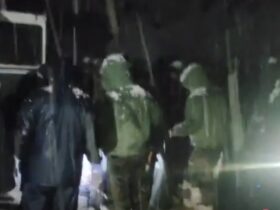
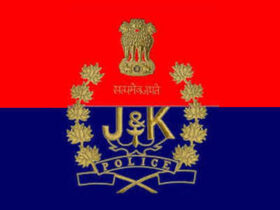
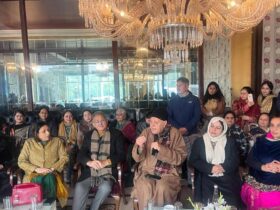

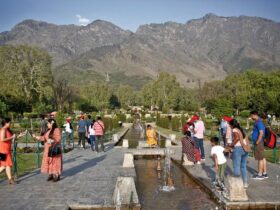
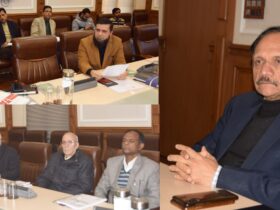

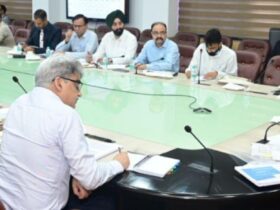
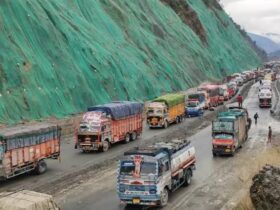
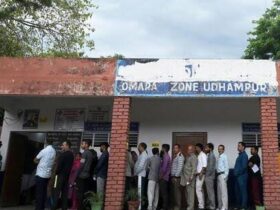
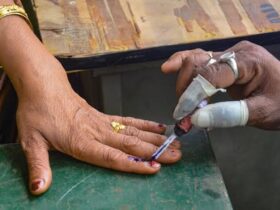
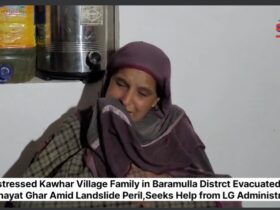
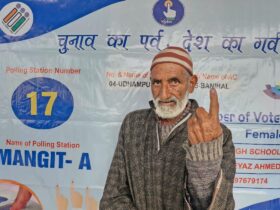
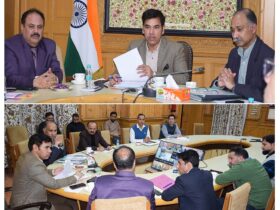

Leave a Reply